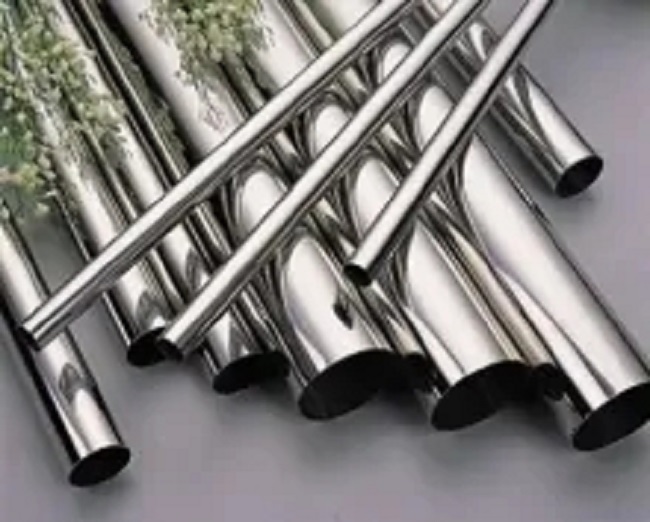
Privacy statement: Your privacy is very important to Us. Our company promises not to disclose your personal information to any external company with out your explicit permission.
Mr. Mark
What can I do for you?

1.1. Steel grade, grade and chemical composition International stainless steel marking method: The American Iron and Steel Institute uses three digits to mark various standard grades of malleable stainless steel. Among them:
① Austenitic stainless steels are marked with numbers of 200 and 300 series, for example, some of the more common austenitic stainless steels are marked with 201, 304, 316 and 310;
② Ferritic and martensitic stainless steels are marked with numbers 400 series digital representation.
③ Ferritic stainless steel is marked with 430 and 446, martensitic stainless steel is marked with 410, 420 and 440C, duplex (austenite-ferrite),
④ stainless steel, precipitation hardening stainless steel and iron content less than 50 % of high alloys are usually named after a patent or trademark. Chemical elements H,He,Li,Be,B,C,N,O,F,Ne,Na,Mg,Al,Si,P,S, Cl, Ar,K,Ca,Sc,Ti,V,Cr,Mn,Fe,Co,Ni,Cu,Zn.
1.2. The difference between stainless steel 304 and 316 304 stainless steel plate performance characteristics and uses: as stainless steel heat-resistant steel is the most widely used, food equipment, general equipment, atomic energy industrial equipment. 304 is the most common steel grade, with good corrosion resistance, heat resistance, low temperature strength and mechanical properties. It has good processing performance at room temperature such as deep drawing and bending, and will not harden after heat treatment. 1 or 2 types of tableware for household use, sinks, indoor piping, water heaters, bathtubs, boilers, auto parts (window cleaners, air return pipes), medical machinery, building materials, chemicals, food industry, textile industry, cheese industry, Ship parts (non-magnetic, operating temperature: -196 to 800 ℃). 316 stainless steel plate is a grade under the American standard. It belongs to stainless, heat-resistant and corrosion-resistant steel. It is austenitic stainless steel. , mainly pitting-resistant materials.
1.3. Differences between 201 and 304 stainless steel:
1) Specifications: The commonly used stainless steel plates are divided into two types: 201 and 304. The actual composition is different. 304 is better in quality, but expensive, and 201 is worse. 304 is imported stainless steel plate, 201 is domestic stainless steel plate.
2) The composition of 201 is 12Cr-6Ni-17Mn-N, which is a substitute for 301 steel. It is magnetic after cold working and is used in railway vehicles. 3) 304 is composed of 06Cr-19Ni, which is the most widely used stainless steel and heat-resistant steel. Used in food production equipment, general chemical equipment, nuclear energy, etc.
4) 201 contains high manganese, the surface is very bright with dark and bright, and high manganese content is easy to rust; 304 contains more chromium, and the surface is matte and does not rust. The most important thing is that the corrosion resistance is different. The corrosion resistance of 201 is very poor, so the price is much cheaper, and because 201 contains low nickel, the price is lower than that of 304, so it is resistant to corrosion. Corrosion performance is not as good as 304.
5) The difference between 201 and 304 is the nickel content.
6) Stainless steel is not easy to rust because chromium-rich oxides are formed on the surface of the steel body to protect the steel body. 201 is a high manganese stainless steel with higher hardness than 304, high carbon and low nickel.
7) The composition is different (mainly from the aspects of carbon, manganese, nickel, and chromium to distinguish 201 and 304 stainless steel).


Privacy statement: Your privacy is very important to Us. Our company promises not to disclose your personal information to any external company with out your explicit permission.

Fill in more information so that we can get in touch with you faster
Privacy statement: Your privacy is very important to Us. Our company promises not to disclose your personal information to any external company with out your explicit permission.